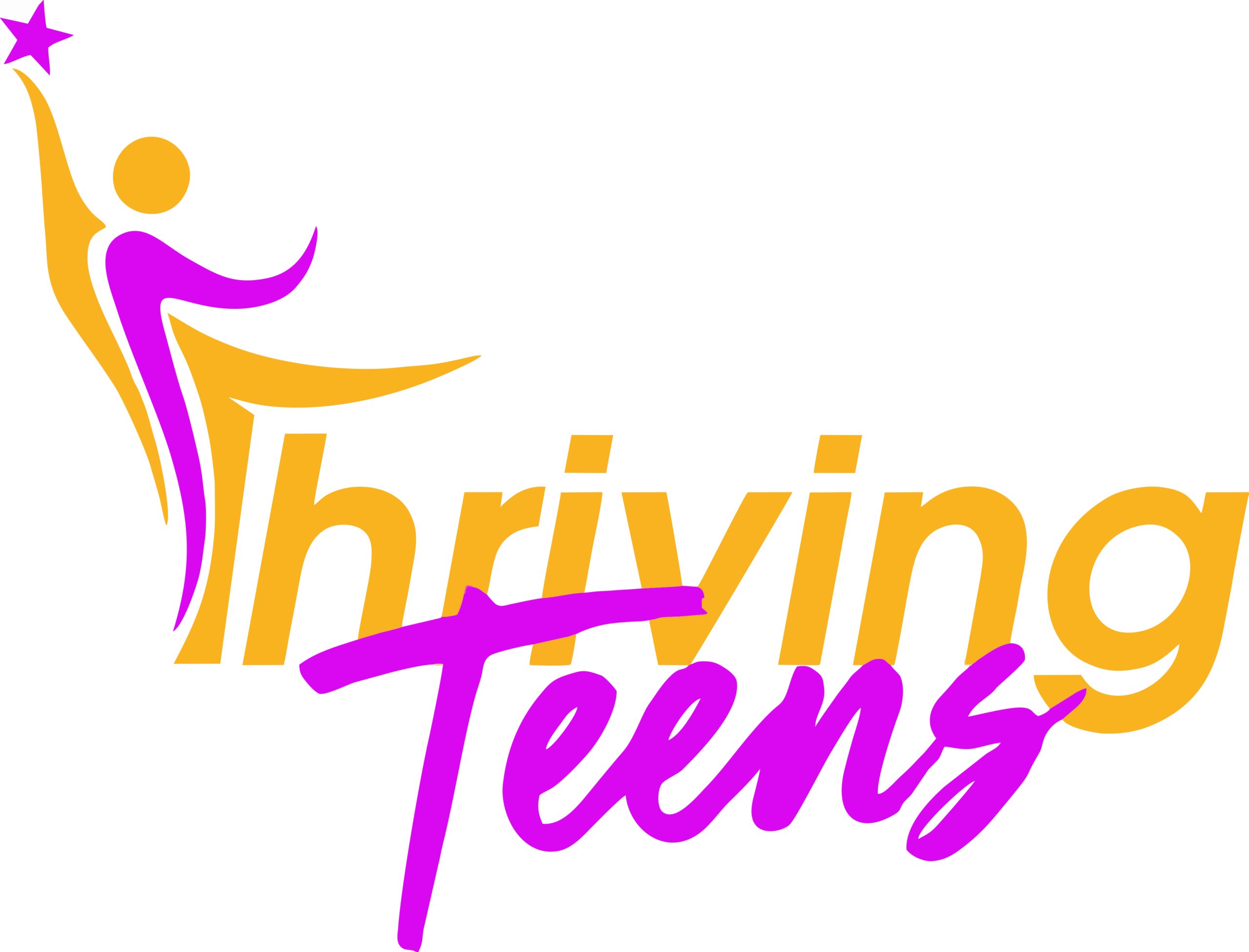They came, they saw, they conquered!
Almost three decades down and our little ones who were born HIV-positive due to mother-to-child transmission are here telling their own stories. Despite all odds, they survived; thanks to access to anti-retroviral medication and wolesome care and dedication to see them thrive.
How did they handle the transition through adolescence? To quote Lowenthal ED, et al, in Perinatally acquired HIV infection in adolescents from sub-Saharan Africa: a review of emerging challenges; HIV-infected adolescents have to confront psychosocial issues, maintain adherence to drugs, and learn to negotiate sexual relationships, while undergoing rapid physical and psychological development It is therefore paramount that their care should integrate age-appropriate sexual and reproductive health and psychological, educational, and social services.
We take note that the implementationof the transition from paediatric to adult care in Kenya and many other African countries is not standardized. Sexual and reproductive health suffers the most as it is barely addressed. This is disconcerting, especially considering that the adolescent age group currently has the highest incidence of new infections.
We must ensure that these vulnerable adolescents get the required support , particularly in the sexual and reproductive health by ensuring national guidelines are developed and incorporated into paediatric and adolescent HIV care.

